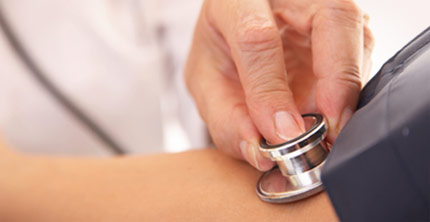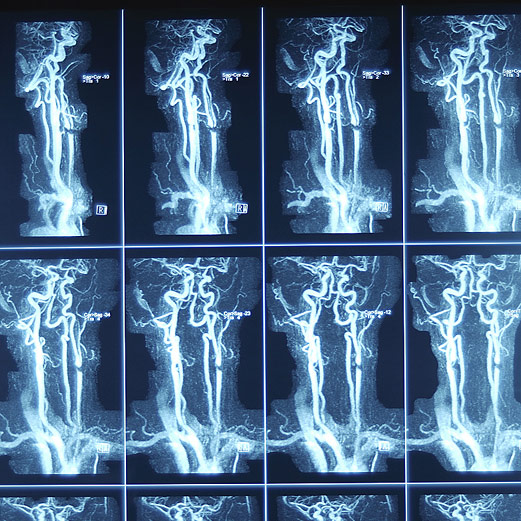 ITP is actually an autoimmune disorder, among those dysfunctions during which the immune system mistakenly attacks your body. In this instance, the specific targets are blood platelets, cellular material which help prevent blood loss. The word “thrombocytopenia” means a decrease in platelets; “purpura” refers to the purple spots on top of the skin as well as in the mouth where hemorrhaging has taken place due to the platelet shortage; “idiopathic” signifies that the root cause is unidentified although some instances are often stimulated by infections, pregnancy or other immune conditions such as systemic lupus erythematosus.
ITP is actually an autoimmune disorder, among those dysfunctions during which the immune system mistakenly attacks your body. In this instance, the specific targets are blood platelets, cellular material which help prevent blood loss. The word “thrombocytopenia” means a decrease in platelets; “purpura” refers to the purple spots on top of the skin as well as in the mouth where hemorrhaging has taken place due to the platelet shortage; “idiopathic” signifies that the root cause is unidentified although some instances are often stimulated by infections, pregnancy or other immune conditions such as systemic lupus erythematosus.
Idiopathic thrombocytopenic purpura impacts both children and adults. Children often develop idiopathic thrombocytopenic purpura after having a viral infection and typically recuperate fully without treatment. In adults, however, the ailment is usually reoccurring.
As far as treatment methods are concerned, certainly if ITP is related to an infection, the first step is always to treat that. Conventional medical treatment varies according to precisely how serious symptoms are. In moderate cases, which can be self-limited, little or no treatments may be required. With regard to more serious cases, hematologists (healthcare professionals who address blood diseases) might recommend any one of a large list of medications or treatments which range from prednisone, (a steroid), to other heavy-duty immunosuppressive drugs. Another frequent conventional treatment solution is removing the spleen which damages platelets engrossed in antibodies throughout the autoimmune process. In response to the surgical treatment, platelet counts often increase significantly, but this drastic treatment doesn’t necessarily address the main cause of the problem.
Idiopathic thrombocytopenic purpura (ITP) might have little or no symptoms. When signs and manifestations do occur, they often include things like:
- Easy or abnormal bruising (purpura) – your epidermis naturally bruises and will bleed more readily simply because you age, but this should not be confused with ITP
- Blood in stool or urine
- Excessively heavy menstrual bleeding
- Profuse bleeding from the nasal cavity or gums
- Abnormally prolonged bleeding from cuts
- Superficial hemorrhaging into the skin that looks like a rash of pinpoint-sized reddish-purple spots (petechiae), typically on the lower legs
If you or your child has excessive hemorrhaging or bruising, or perhaps acquires a rash of pinpoint-sized reddish spots, see your doctor. It’s also important to seek health advice if you’re a woman and all of the sudden develop substantially elevated menstrual bleeding, as this can be a manifestation of ITP. Severe or extensive blood loss indicates an emergency and necessitates immediate care.
.healthday-copyright { display: none; }

